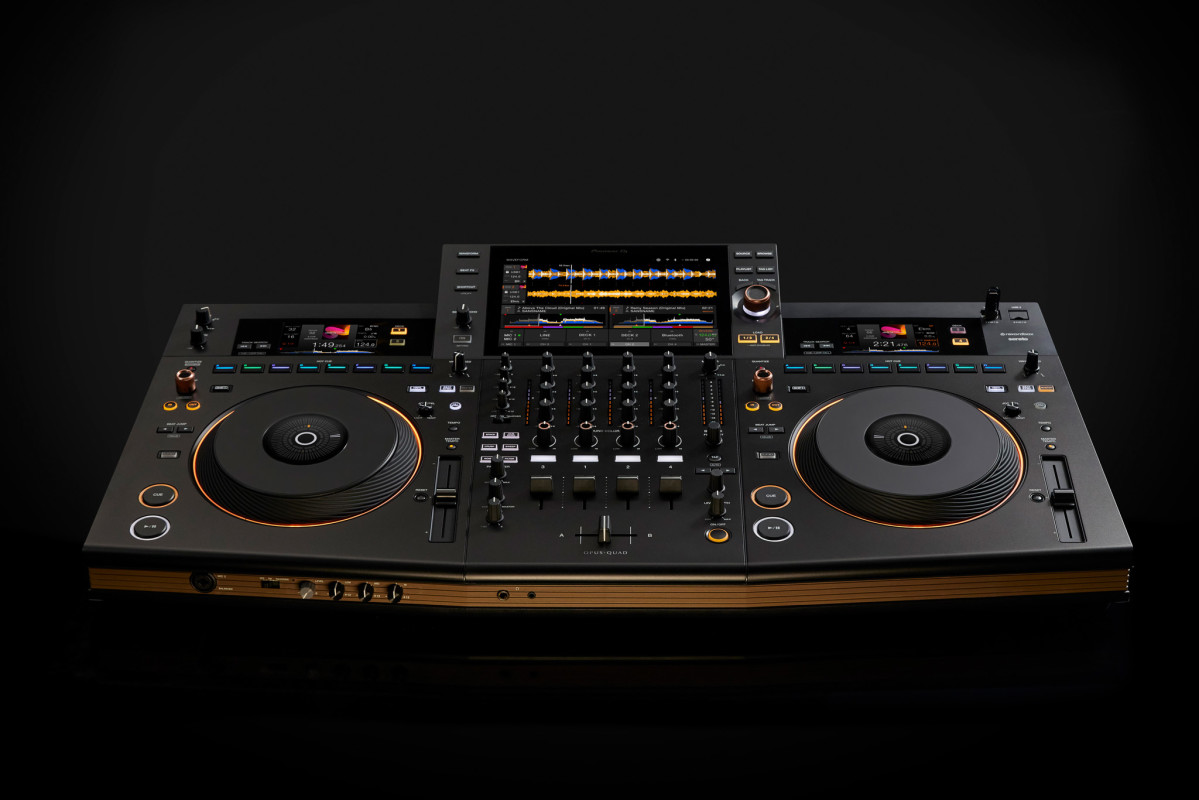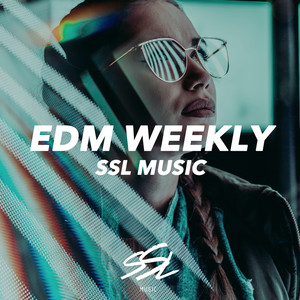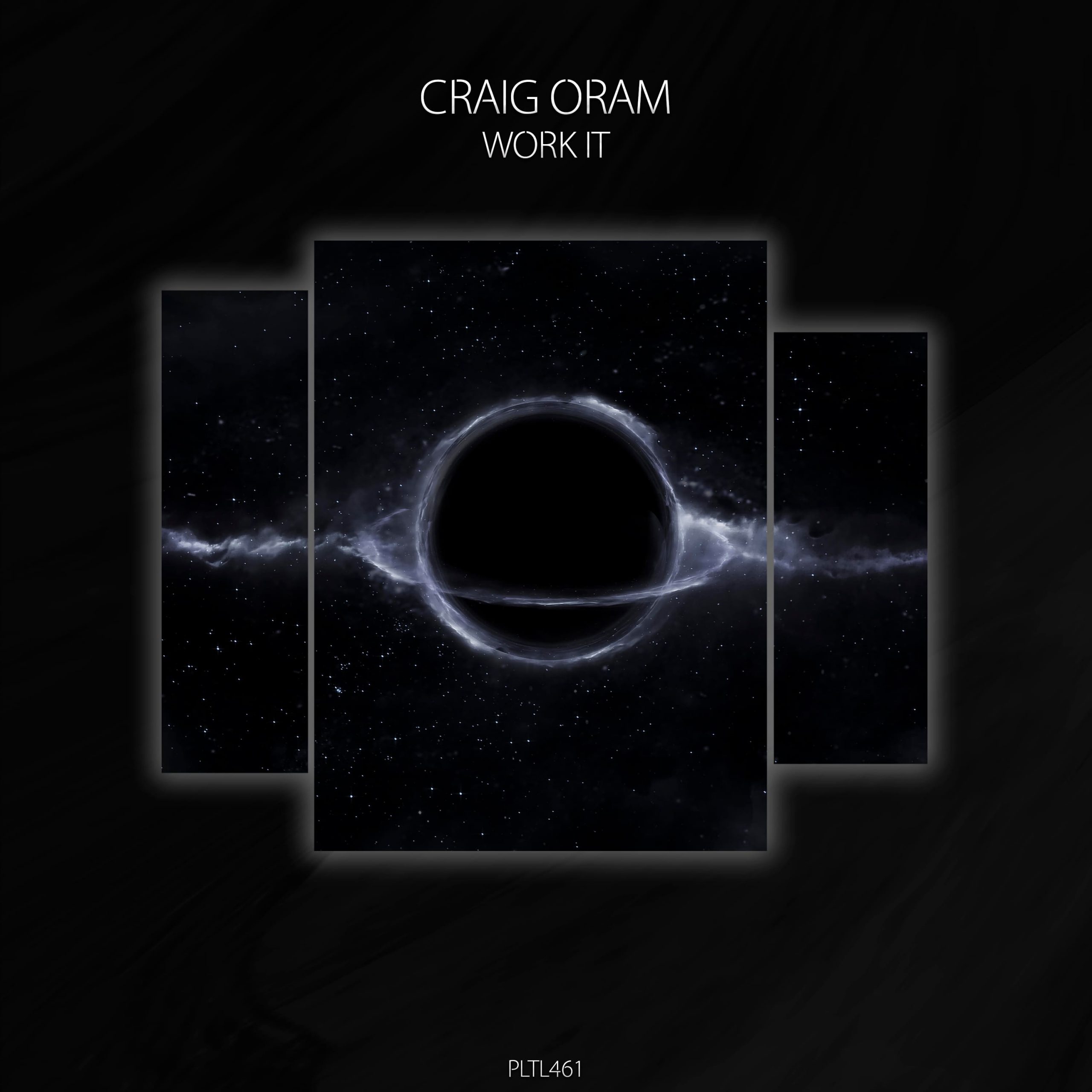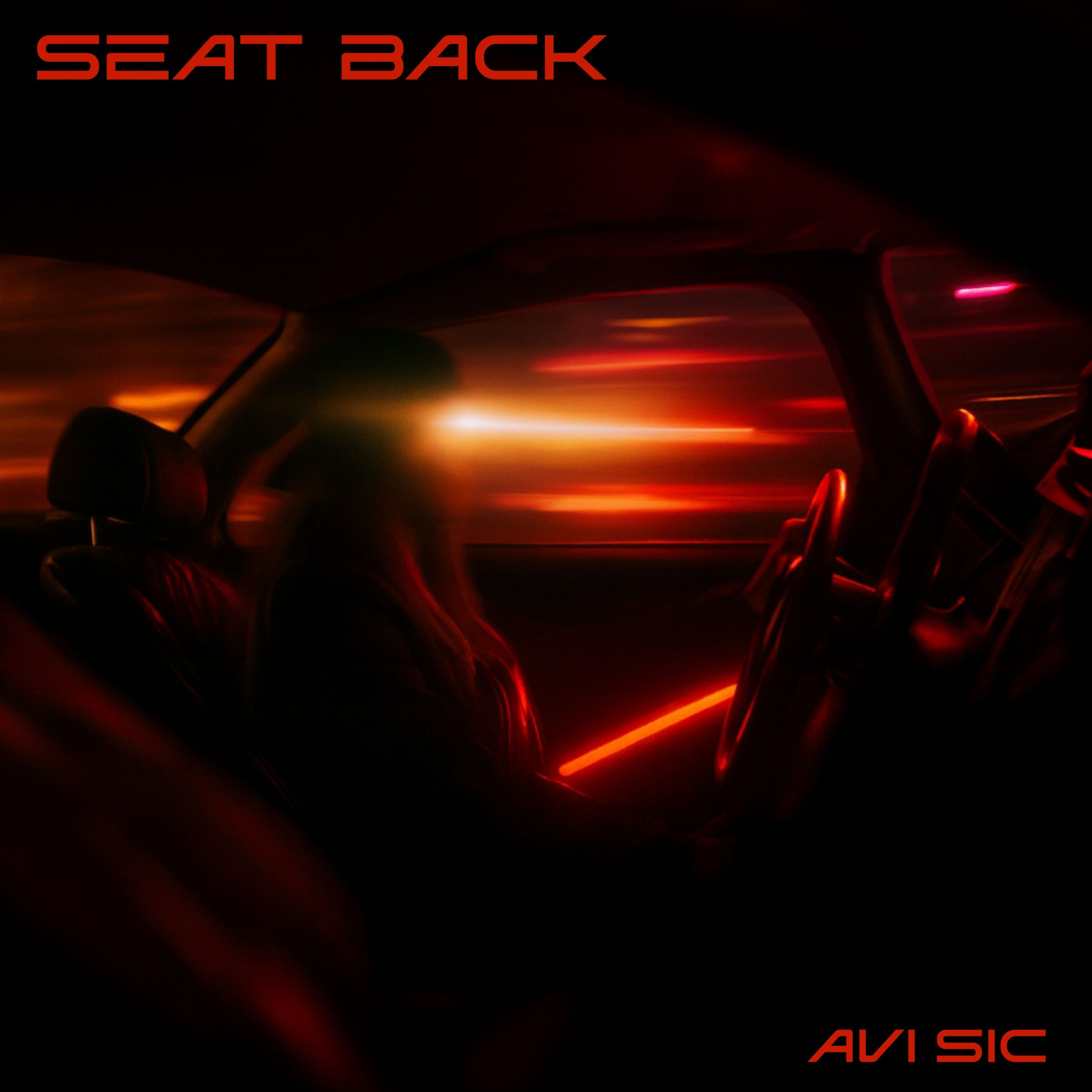Pioneer DJ’s Opus Quad Is the Future of All-in-One DJ Consoles

At last year's NAMM Show, Pioneer DJ turned heads when they announced the arrival of a sleek, angled, all-in-one standalone DJ console with four decks, but the unprecedented splash it made this year set the stage for triumph across the board.
Beyond music producers and DJs, it quickly caught eyes and ears among stagehands, club owners, audio engineers and more. Aesthetically, it’s a supermodel among gadgets with curves that romanticize its appeal. Its looks are complemented with streamlined functions that make it a powerful tool both for home or on the road as well.
For music and event producers who don’t want to sacrifice any performance potential or sound quality in a more compact rig, it’s an absolute win. This is especially true for those who need something that can travel well.
While it’s an undoubted advantage that the Opus Quad can fit comfortably in a small DJ booth or art car, the price, which lands around $3,500 with tax and shipping, we wondered how it would distinguish itself from predecessors like the XDJ-XZ and the CDJ-3000.
So we got our hands on an Opus Quad and spent a few months fiddling with its many knobs and buttons. Here’s what we learned.
Big screens make a big difference
Those who say not to judge a book by its cover probably never saw such a sexy cover. Like a classic sports car or an Apple device in its prime, the Opus Quad sets a precedent that DJ consoles don’t need to be clunky and cumbersome. Truly, where “all-in-one” devices from other brands can look and feel rigid and fragile like those vintage films of Ford’s Model T, Pioneer’s Opus Quad arrives dressed up like the Batmobile.
Its central 10.1 inch touchscreen signals massive potential with intuitive design in a first impression that’s enough to make any onstage artist rubberneck. Each side, which houses two decks, has its own separate, smaller screen for additional details about the music playing on each deck. These vibrant, colorful screens serve up a robust but simple menu full of goodies like FX color control, cloud access control via RekordBox, track data and more.
[embed]https://youtube.com/watch?v=Vyw2YHqn6VA[/embed]The truest "all-in-one" yet
Its ability to control four channels independently without four separate CDJs also contributes to its visual appeal. While it doesn’t aim to replace the four CDJ setup that artists love, it offers a strong alternative that only occupies about half the space. In contrast, its predecessor the XDJ-XZ, which is still a phenomenal machine today, takes up just a little more real estate on a table while only allowing for two decks, unless external CDJs are added. The Opus Quad stands as a truer “all-in-one” in this way, because it meets the growing demand for four decks right out of the box.
Before four-deck purists run for the comment section, let’s be clear. Obviously, the four-CDJ setup will still have its advantages so we don’t expect the conventional CDJ-3000 setup to fade from our favorite stages anytime soon, but as far as all-in-ones go the Quad Opus is more complete than its predecessors. And the fact that it's more compact means it travels better than four CDJs and a mixer too.
In addition to shedding the need for external CDJs, the Opus Quad can operate from SSD drives, USB-A 3.2 and USB-C drives. As a result, it doesn’t need to rely on an external laptop. Obviously many onstage artists only travel with a USB drive to perform so to some this will feel old hat, but any poor soul who in the past needed to carry or keep an eye on a laptop for a set will almost certainly celebrate this aspect of the Opus Quad. Without a monitor perched on top of the console they’ll probably relish a better connection with the audience too.
Beyond the CDJ-3000
For those who love the CDJ-3000, the Opus Quad will feel in some ways like its cousin. It sports redesigned jog wheels with waveform indicators and tension adjusters, which are a firm nod to one of the CDJ-3000s most loved features.
In some ways it goes a step further too. For instance, instead of traditional performance pads it’s equipped with hot cues that are more intuitive because the RGB color displays on the jog wheel waveforms can be customized, making it easier than ever to sync up with track cues in perfect style. Another nod to the 3000s can be seen and heard in the FX controls, which have advanced a few steps in the Opus Quad. Across all four decks the Opus Quad’s mixing toolset offers 14 beat FX with six adjustable colors.
With this feature, choosing the perfect beat effect for the moment can be more intuitive, or even thematic. For example, face-melting effects with thick bass can be displayed in red, mid-trembling wobbles can be green and icy, transcendent chills can be blue.
Perhaps the best part about all these new features is the fact that there are enough distinguishing visuals to separate the Quad Opus from its predecessors and peers, but certainly not enough to prevent a motivated artist from learning it all in a flash.
[embed]https://youtube.com/watch?v=QVIxAgAtJJs[/embed]It's an audio engineer's dream
The often-unsung "sound guy" has a few reasons to opt for the Opus Quad too. Namely, it has separate XLR and RCA outputs, which make it an agile addition for a variety of venues and soundscapes. It has multi-zone output as well so it can function as a command center for a variety of vibes in separate areas. Its ultra compact design makes deploying it a breeze for load-ins, load-outs and setup between sets too.
Granted, it’s certainly marketed with touring DJs in mind, but in its bevy of features and spacey design the Opus Quad seems to open up a world of possibilities for almost anyone who hopes to make, play and perform electronic music. In this article we didn’t unpack the way it loads tracks faster with SQLite or the way it stays cooler longer with optimized thermal airflow design right out of the box, but those who get one will quickly find these advantages to be a blessing.
Also, with features like cloud access, a LAN port, updated bluetooth technology and a direct connection for SSD it won’t take long to notice the adaptable Opus Quad comes built ready for marathon sets, next-level learning, and just about anything else.

























